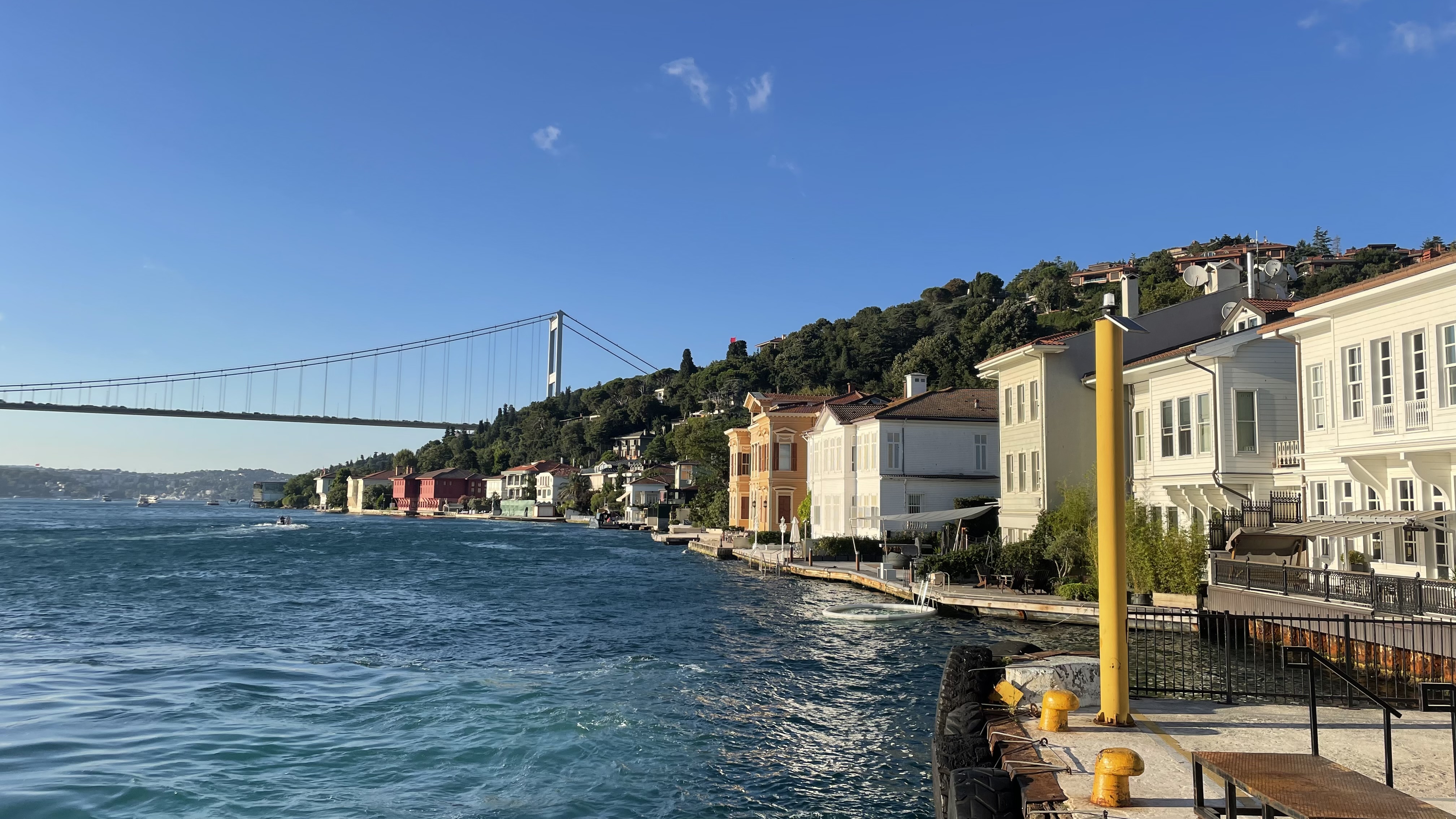|
Ä°cadiye
Ä°cadiye is a neighbourhood in the municipality and district of ĂśskĂĽdar, Istanbul Province, Turkey. Its population is 15,962 (2022). It is on the Asian side of Istanbul. It is centered on Ä°cadiye Hill and is bordered on the north by Kuzguncuk, on the east by Altunizade, on the south by Selami Ali, and on the west by Sultantepe. It is mostly a residential neighborhood, with a few historic houses and buildings. The name of the neighborhood is related to the word for invention (). It received this name because new types of printing presses invented by Sarkis Kalfa of Kayseri were manufactured in shops there. Several water sources on Ä°cadiye Hill were connected to the historic center of ĂśskĂĽdar during the Ottoman era. The Mihrimah Sultan Water Line was built in 1547 to bring water to the Mihrimah Sultan Mosque. The Arslan Agha Water Line was built in 1646 to bring water to fountains in Sultantepe and to the Abdi Efendi and Mihrimah Sultan Mosques. The neighborhood has a h ... [...More Info...] [...Related Items...] OR: [Wikipedia] [Google] [Baidu] [Amazon] |
ĂśskĂĽdar
Üsküdar () is a municipality and district of Istanbul Province, Turkey. Its area is 35 km2, and its population is 524,452 (2022). It is a large and densely populated district on the Anatolian (Asian) shore of the Bosphorus. It is bordered to the north by Beykoz, to the east by Ümraniye, to the southeast by Ataşehir and to the south by Kadıköy; with Karaköy, Kabataş, Beşiktaş, and the historic Sarayburnu quarter of Fatih facing it on the opposite shore to the west. Üsküdar has been a conservative cultural center of the Anatolian side of Istanbul since Ottoman times with its landmark as well as numerous tiny mosques and dergahs. Üsküdar is a major transport hub, with ferries to Eminönü, Karaköy, Kabataş, Beşiktaş and some of the Bosphorus suburbs. Üsküdar is a stop on the Marmaray rail service at the point where it starts its journey under the Bosphorus, re-emerging on the European side at Sirkeci. Via Marmaray, Üsküdar is linked to Gebz ... [...More Info...] [...Related Items...] OR: [Wikipedia] [Google] [Baidu] [Amazon] |
